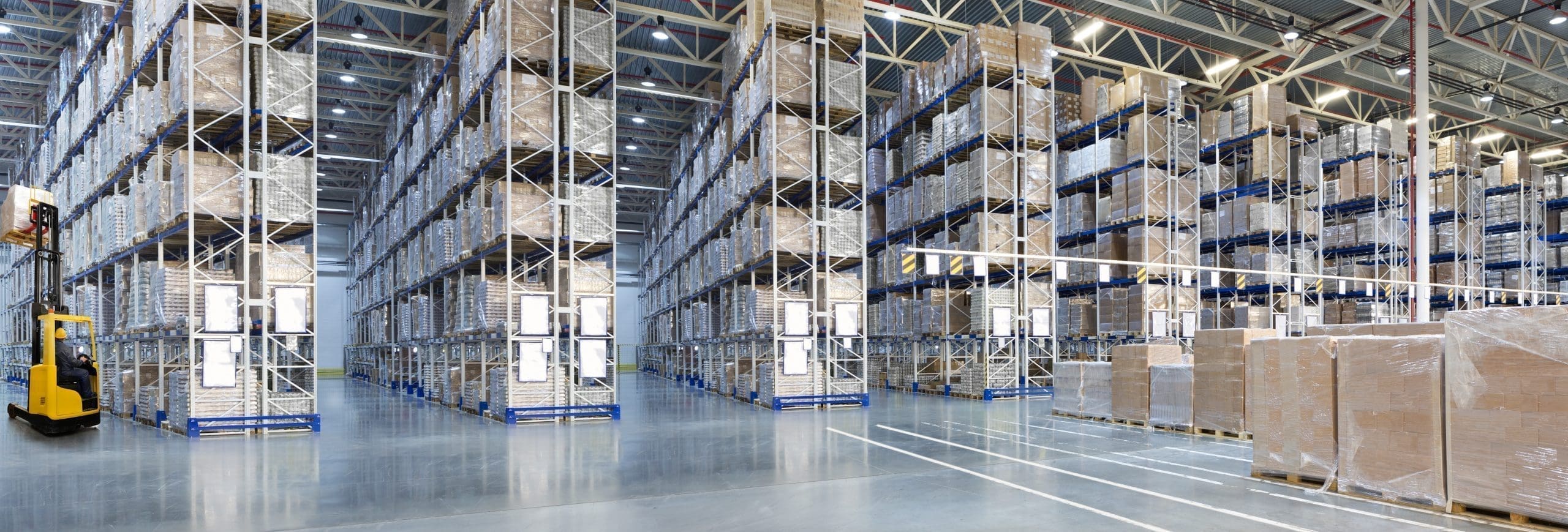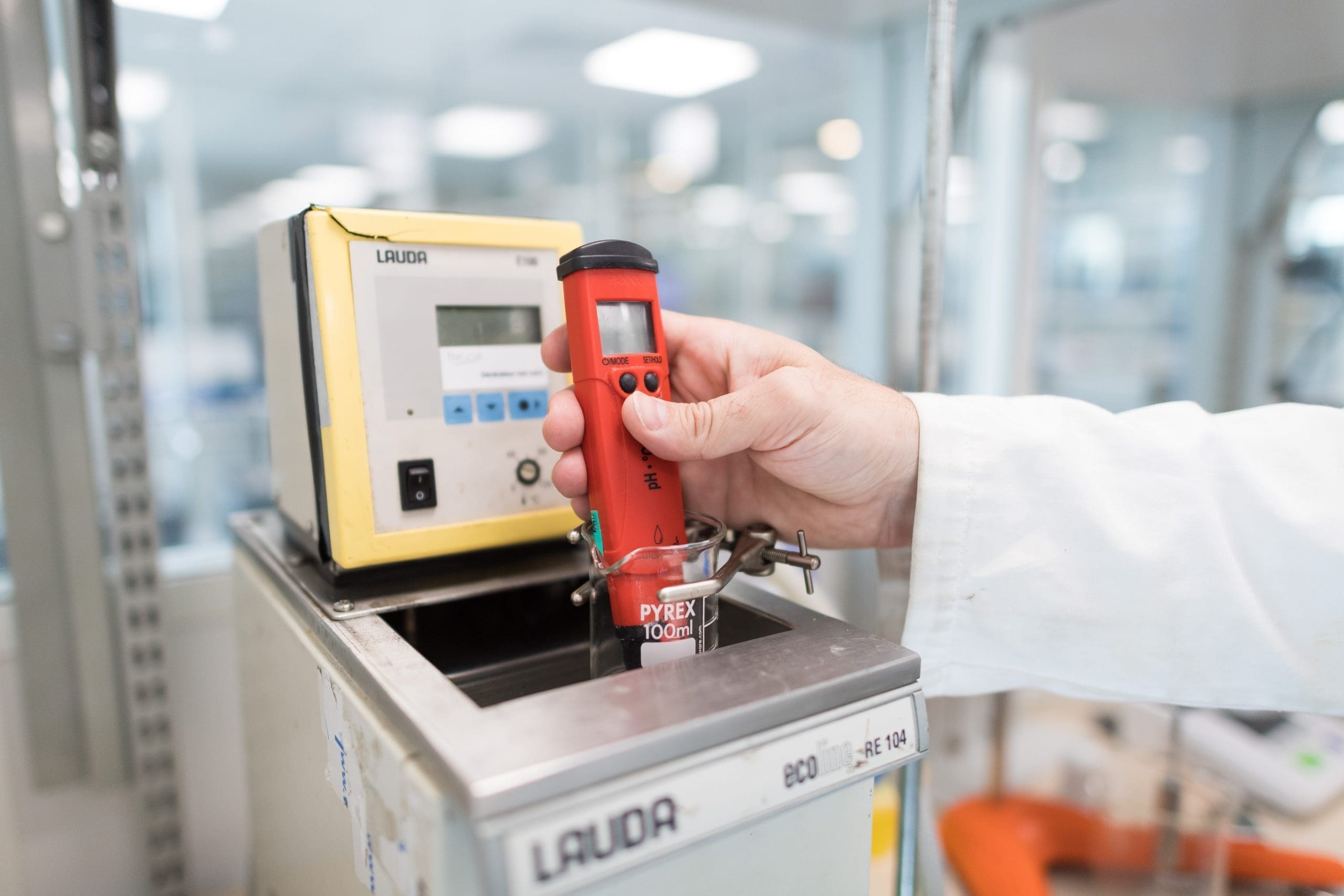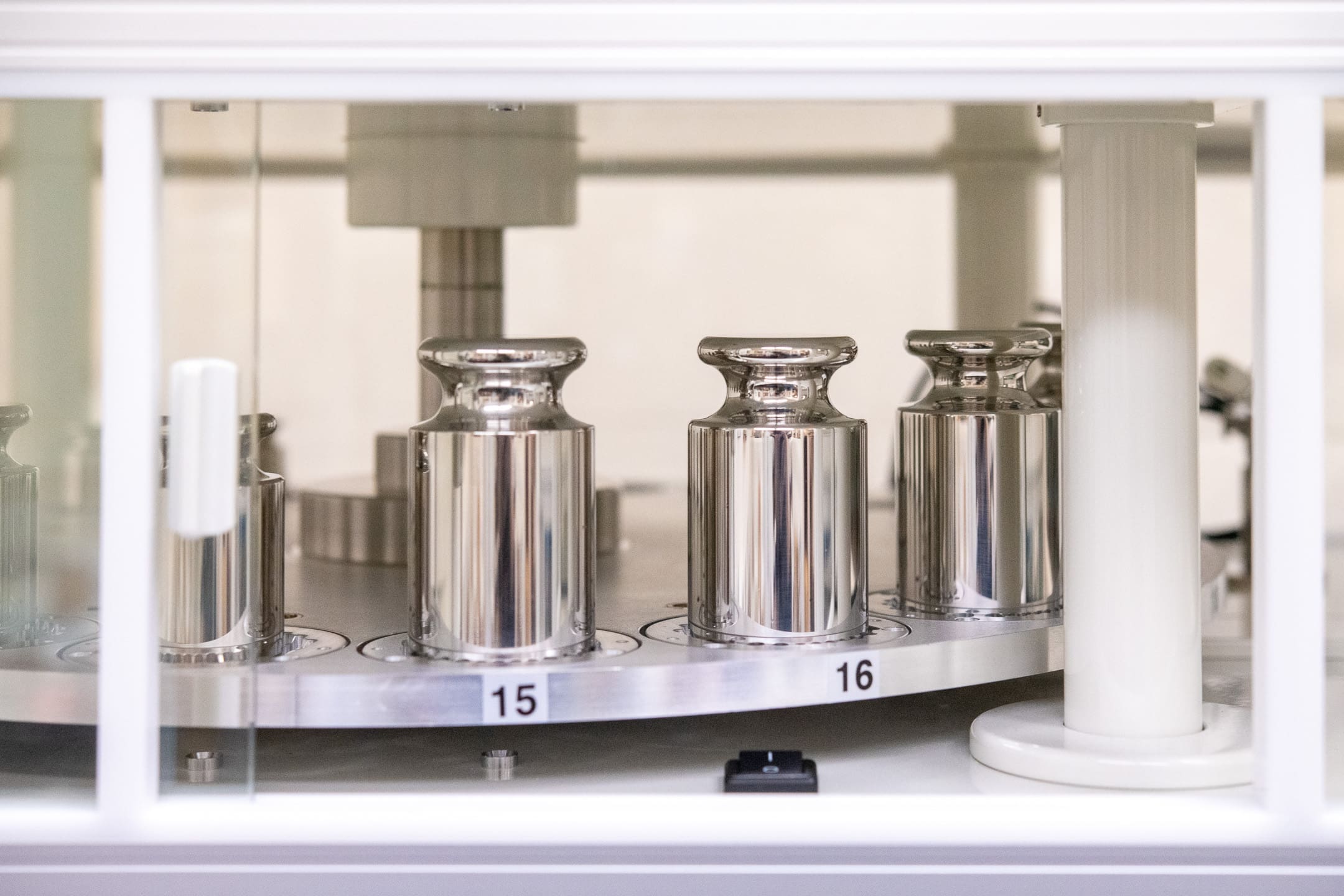Temperature mapping is the process of monitoring and documenting temperature and humidity fluctuations in a controlled space, such as cold-storage units, warehouses, and laboratories. Conducted over a specific period of time, this process helps improve the detection, analysis and control of any variations that may occur in temperature-sensitive work environments.
Why temperature mapping is important
Businesses with thermal sensitive products, especially in the food and pharmaceutical industry, must maintain specific temperature ranges in warehouses, refrigerators and cold-storage units to comply with regulatory requirements. Variations of even a few degrees can impact product quality. For instance, if a storage area is too cold, products may freeze and be damaged. If the area is too warm, the products lose efficacy or even become unsafe for consumption.
Temperature fluctuations can be caused by changes in weather, location or layout, cooling equipment, air circulation, product quantity and many other factors. With proper processes these variations can be mapped, analyzed and corrected in the entire system as well as specific points, to ensure that controlled storage systems work more efficiently and effectively.
A 6-Step Guide to Successful Temperature Mapping
1. Selecting data loggers
It is crucial to choose loggers that offer the right features for your facility and operations. Common features to consider are storage capacity, sampling rate, temperature range, physical size, and battery life. Integrated firmware and software can also help make sample collection more straightforward, so take your time to find the right fit for your specific application and analysis requirements.
2. Sensor distribution & spacing
No two storage facilities are exactly alike, so arrange sensing points along a 3-dimensional grid based on the length, width, and height of the space you’re mapping. Temperature sensors only take measurements at specific points, not an area, so for effective analysis, distribute enough sensors or sample points around the space.
3. Locate critical mapping points
Controlling temperature across large, open facilities is difficult, so look for problem areas or spots that are most vulnerable or likely to cause issues. These include areas near ceilings, external walls, windows, doors, HVAC ducts, machinery, etc. Poor storage planning and air circulation can cause certain spots to heat up, so ensure that temperatures at these points are measured carefully.
4. Record the location sensors
It is essential to document the sensor locations so you can check if faulty units cause unexpected results. You can do this by assigning and listing the serial numbers and locations of data loggers or maintaining a map with each data logger’s location. Knowing sensor locations will help you recharge temperature sensors and read data more efficiently.
5. Upload & review data
If you want to locate problem areas in your facility, make sure to review and upload data collected during the sampling period. You can use the integrated software to analyze the logged data, and calculate the average kinetic temperature and the minimum and maximum storage facility temperature and products. Typically, in pharmaceutical applications, the software must meet FDA 21 CFR Part 11 requirements, which is the part of Title 21 of the Code of Federal Regulations that establishes the United States Food and Drug Administration, FDA’s regulations for electronic documentation, and electronic signatures. The integrity of the original data must be guaranteed through encryption.
6. Record & repeat every step
After temperature mapping is completed and documented, repeat the entire process to ensure there are no errors. Try to keep data loggers in the same position they were placed the first time since this will help evaluate the accuracy of your temperature map. You should also repeat the process every time you make modifications to the environment or stock.




